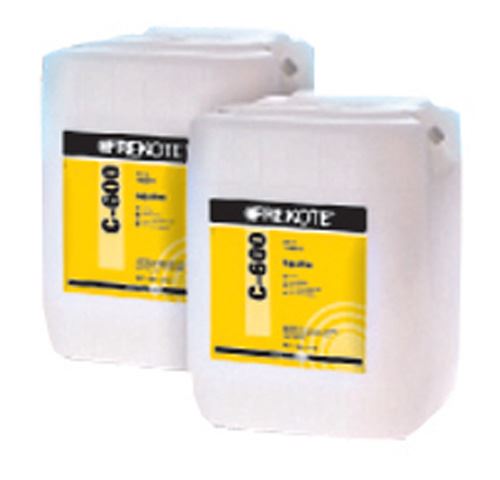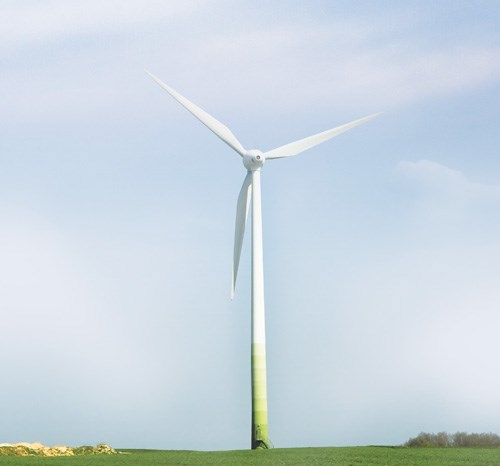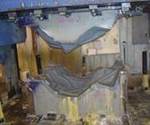Solvent-free release a good match for wind blade molding
Wind power’s reputation as a “green” technology belies the fact that production of turbine components requires many materials and products that aren’t green.
Wind power’s reputation as a “green” technology belies the fact that production of turbine components requires many materials and products that aren’t green. Because partial release of parts 60m/195-ft long or longer can damage blade shells and slow down the production process, many consider solvent-based, semipermanent releases the right choice because they allow multiple parts to be pulled after a single application and don’t transfer to the parts. They do, however, emit large amounts of volatile organic compounds (VOCs) when applied to such large surfaces, degrading air quality. Because tighter environmental rules in the U.S. and the EU’s Volatile Organic Compounds (VOC) Directive are limiting the use of solvent-containing products, blademakers are seeking alternatives that are more consistent with the image of renewable energy.
Henkel Corp. (Rocky Hill, Conn. and Düsseldorf, Germany) recently developed and trademarked Frekote Aqualine C-600, a water-based mold release targeted to wind blades. Developed as part of a joint U.S./European research project involving several Henkel business units, the product is now in use at several major North American wind blade manufacturing facilities, and is available in Europe, says Jay Reddy, Henkel’s Frekote market and product manager.
When the release is sprayed onto the mold, the water in the formulation evaporates at room temperature, leaving behind the active chemicals in a layer just 0.005-mm/0.0002-inch thick, explains Reddy. Aqualine C-600 is nevertheless robust enough to allow multiple pulls, extending the interval between mold cleaning and release application and saving considerable labor cost. Because shop air does not have to be treated, blade manufacturers also can save operational costs. According to Reddy, the product performs as well as semipermanent mold release, based on head-to-head testing at customer facilities.
Related Content
-
Collins Aerospace to lead COCOLIH2T project
Project for thermoplastic composite liquid hydrogen tanks aims for two demonstrators and TRL 4 by 2025.
-
Composites end markets: Pressure vessels (2024)
The market for pressure vessels used to store zero-emission fuels is rapidly growing, with ongoing developments and commercialization of Type 3, 4 and 5 tanks.
-
Novel composite technology replaces welded joints in tubular structures
The Tree Composites TC-joint replaces traditional welding in jacket foundations for offshore wind turbine generator applications, advancing the world’s quest for fast, sustainable energy deployment.












.jpg;maxWidth=300;quality=90)


